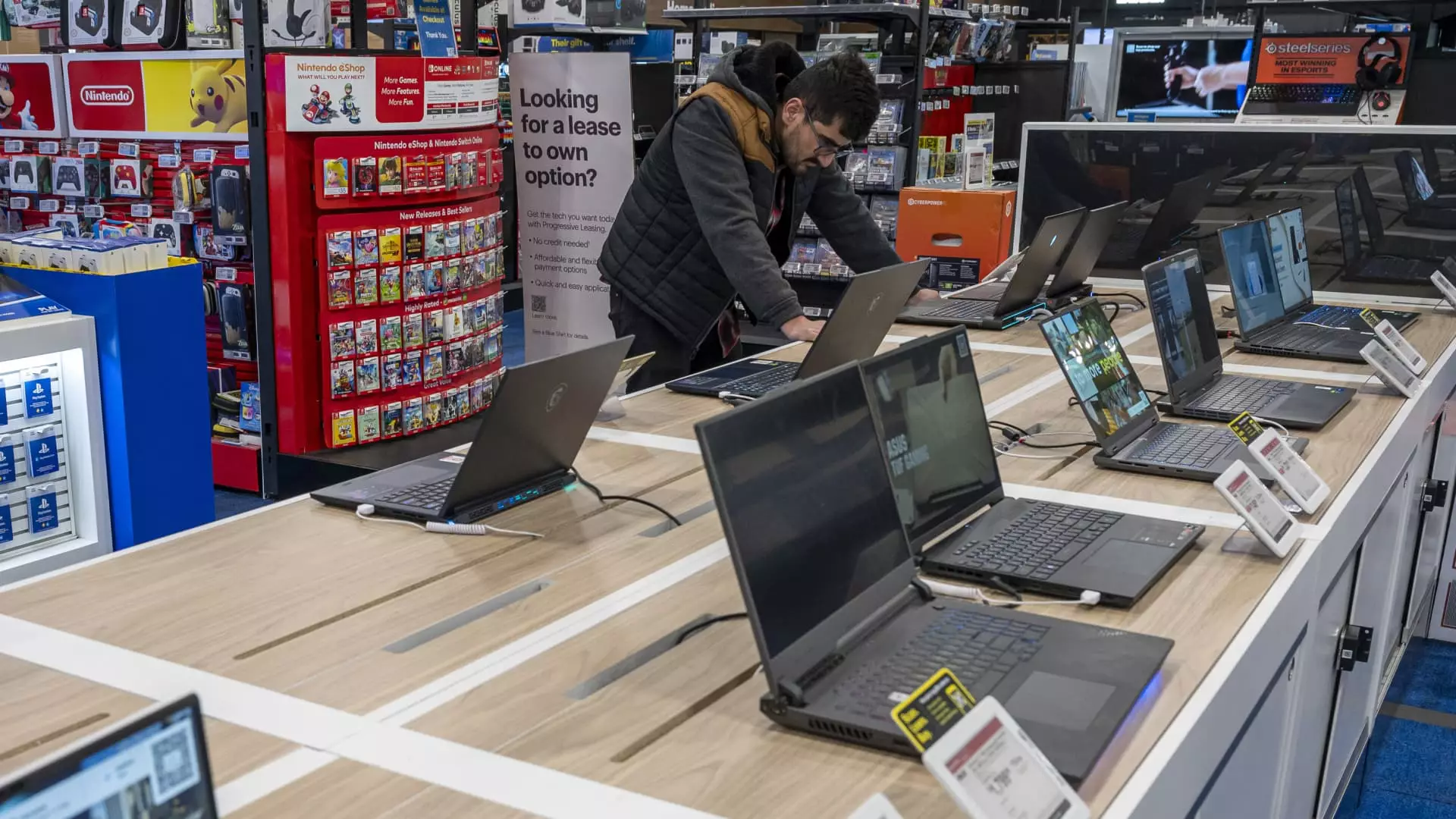As the effects of the pandemic continue to reshape global economies, the United States is witnessing an intriguing economic phenomenon—deflation—particularly in various consumer goods. While mainstream media often highlights inflation as a key economic concern, recent data suggests that prices for many household items have noticeably declined from their pandemic peaks. This article aims to delve into the nuances behind these price shifts, shedding light on the underlying causes and potential implications for consumers and businesses alike.
What Is Deflation and Why Is It Occurring?
Deflation occurs when the general price levels in an economy decline, contrasting sharply with inflation, which involves rising prices. In the U.S., deflation is a rarity on a broad scale, as businesses typically resist lowering prices once they have increased. However, according to recent reports highlighting data from the Consumer Price Index (CPI), there has been a notable decrease in prices for several physical goods in the market. Economists have attributed this deflation to the unwinding of pandemic-related disruptions in supply and demand. As businesses and supply chains “normalize,” the cost of goods has started to fall, allowing consumers to benefit from lower price points.
The strength of the U.S. dollar also plays a critical role in this equation. A robust dollar means that imported goods are less expensive, further contributing to the overall deflationary trend. Mark Zandi, chief economist at Moody’s, noted that the normalized supply chains and the stabilizing currency have led to what he describes as “moderated deflation” across various sectors.
What Are the Goods Experiencing Price Declines?
The CPI data reveals a diverse range of goods that have experienced price drops. For instance, major household items, including appliances, have seen average price reductions of about 2% compared to last year. Other categories, such as clocks and decorative items, have reported sharp declines of around 3%, while dishes and flatware have noticeably dropped by 7%. Clothing, too, has not escaped this trend: prices for women’s outerwear are down 6%, and children’s apparel saw a dip of 1%. Even the automotive sector is impacted, with new cars reflecting a 2% decrease in prices.
However, it’s noteworthy that not all categories are uniformly affected. Items such as furniture and bedding, alongside men’s clothing and cosmetics, have seen price fluctuations, with slight rebounds noted recently. Yet, Bank of America economists indicated that the used car market might reinstate deflationary trends, driven by falling wholesale prices and improving supply-demand dynamics.
One of the more pronounced areas of price reduction has been gasoline, with averages reporting over a 12% decline in the past year. As of mid-November, consumers faced an average cost of $3.05 per gallon, reflecting a broader trend that economists believe could offer further relief to consumers in the future. The potential implications of this decline are significant; lower gasoline prices can alleviate expenses on transportation and logistics, which subsequently impacts the pricing of other goods, including food.
As global oil prices soften, largely in anticipation of geopolitical changes led by new U.S. policies, there is a domino effect on related energy commodities. The notable drop in fuel oil prices—over 20% over the last year—serves to enhance this deflationary momentum, providing breathing room for consumers and businesses alike.
The Complexities in Consumer Electronics Pricing
Interestingly, the technology sector paints a complex picture of deflationary trends. While CPI data suggests that consumer electronics, such as computers, smartphones, and video equipment have decreased in price, the reality may not be as straightforward. The Bureau of Labor Statistics accounts for continual technological improvements when measuring price changes, which may lead to the perception of falling prices. This means that while the stated prices may appear lower, consumers could be experiencing mixed realities at checkout counters.
The current state of deflation presents a mixed bag for consumers. On one hand, falling prices on various goods can enhance purchasing power, benefiting households financially. However, if deflation continues unchecked, it could signal broader economic stagnation and lead to undesirable outcomes such as reduced production, layoffs, and slower economic growth.
Ultimately, understanding these deflationary trends allows consumers to navigate this fluctuating economic landscape more effectively. By keeping an eye on essential goods and market dynamics, individuals can make informed purchasing decisions while adapting to the ever-changing economic environment shaped by the aftereffects of the pandemic and the ongoing recovery.


Leave a Reply